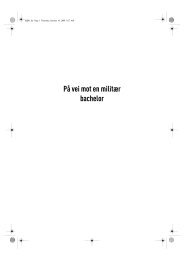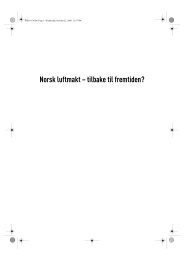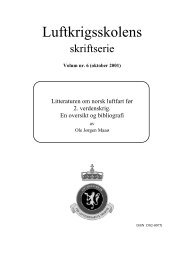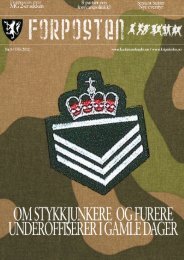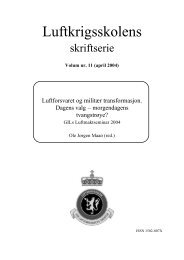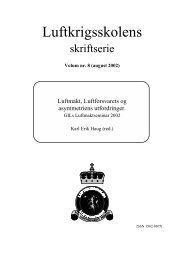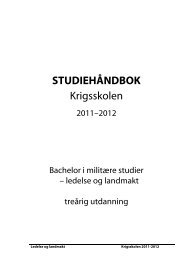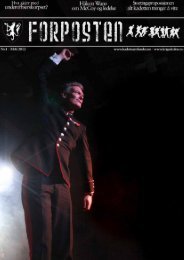Wilhelm Mohr
Wilhelm Mohr
Wilhelm Mohr
Create successful ePaper yourself
Turn your PDF publications into a flip-book with our unique Google optimized e-Paper software.
PART II – The Ground Crews’ Participation in the War on the Continent 1944/45<br />
For those who have not experienced driving off landing vessels<br />
and a ’beach commander’s’ unchallenged authority in assembling and<br />
redirecting vehicles, the situation is hard to explain. The activity on the<br />
beaches, as well as on the big harbour bridges (Mulberry Harbours),<br />
was still so intense that capacity was exploited to breaking point. The<br />
’slogan’ was ’get out of the way, but stay on the route and roads, because<br />
mine-clearing stops on the side of the road’. Along the route were infinite<br />
numbers of various forms of transport and supplies, and after a<br />
while there was increased movement of units that manoeuvred towards<br />
the combat area.<br />
The ground crews established themselves on airstrip B16 on 22<br />
August, at the same time as the engineer troops finished the runway and<br />
evacuation flights with the wounded left for England. There was still<br />
sporadic shooting in the area, but units were clearing the area and life<br />
was beginning to return to normal in two nearby villages. The Wing<br />
prepared to receive the squadrons, and operations continued after their<br />
arrival.<br />
It is rather strange to think of how quickly operations restarted, despite<br />
all the movement that still had to be done on roads with white<br />
markings. Cleared areas were marked in the same way, and ground<br />
crews had to make their own foxholes. The Wing had been repaid for its<br />
preparations and training. The system worked, and there was no doubt<br />
that the morale and spirit were solid and uplifting factors for each man,<br />
even though the various enterprises were spread and the tasks were different<br />
and many-faceted.<br />
Still, it was not the actions of war alone that marked the Wing’s stay<br />
at B16. In his book Spitfire, General Helge Mehre writes:<br />
The weather changed from burning heat to rain and fog, runway conditions just<br />
as fast from intense dust to slippery mud. If an aircraft ended up outside its tracks,<br />
it was inevitably stuck. The dust problem was so interfering that one had to put on<br />
’desert filters’ on the engines’ air inlets, like they used in North Africa. Cars without<br />
four-wheel-drive were useless outside asphalt or ’tracked roads’. When possible,<br />
the tent quarters were placed in woods and [on] high ground. In the mess tents one<br />
had to lay wooden boards and rough sacking as flooring. The tables were covered<br />
85



